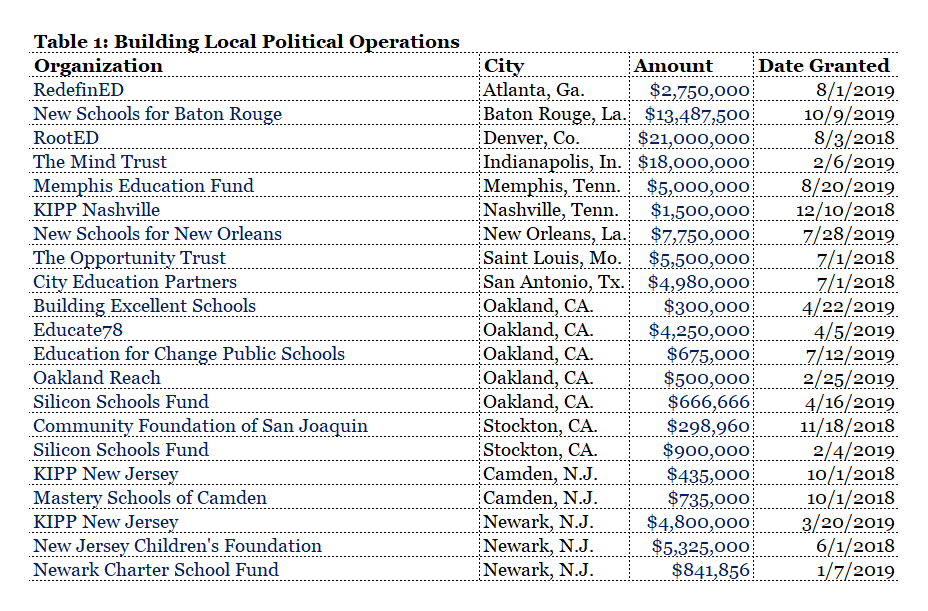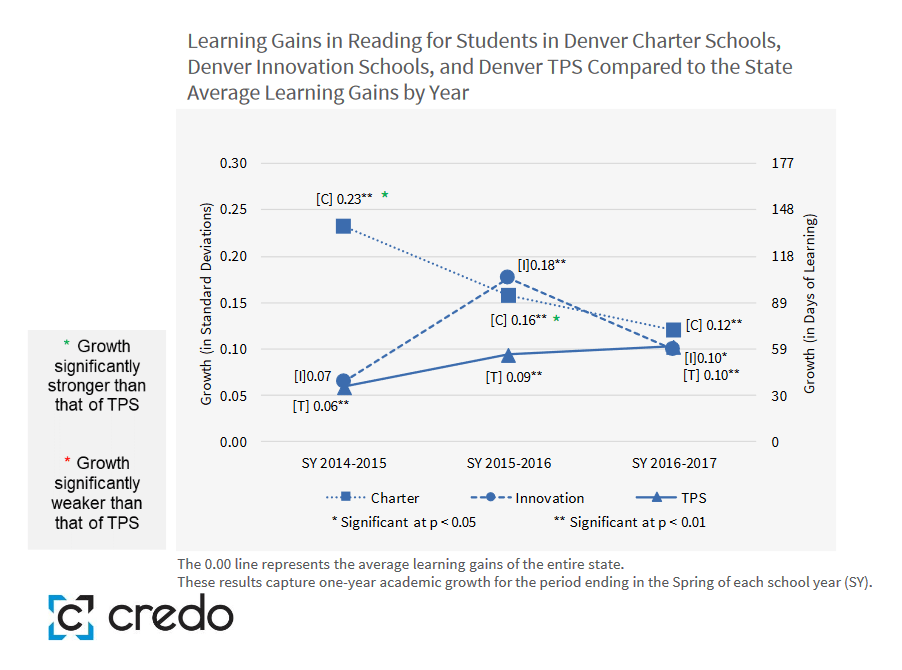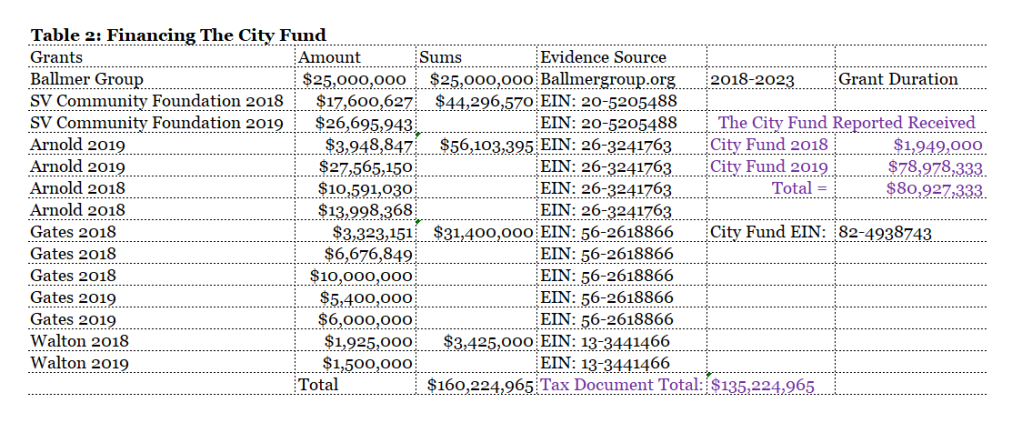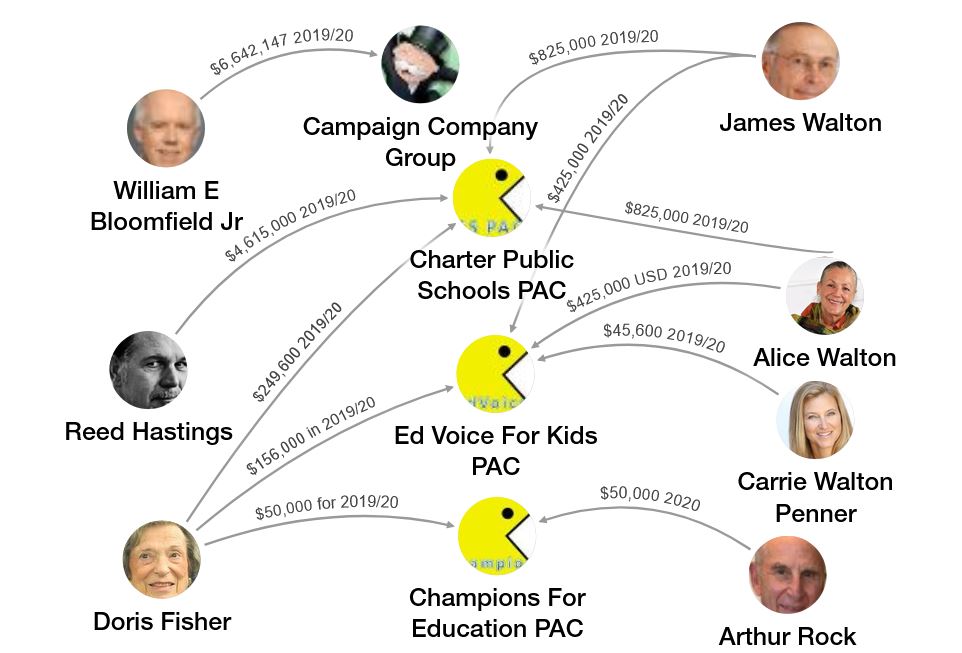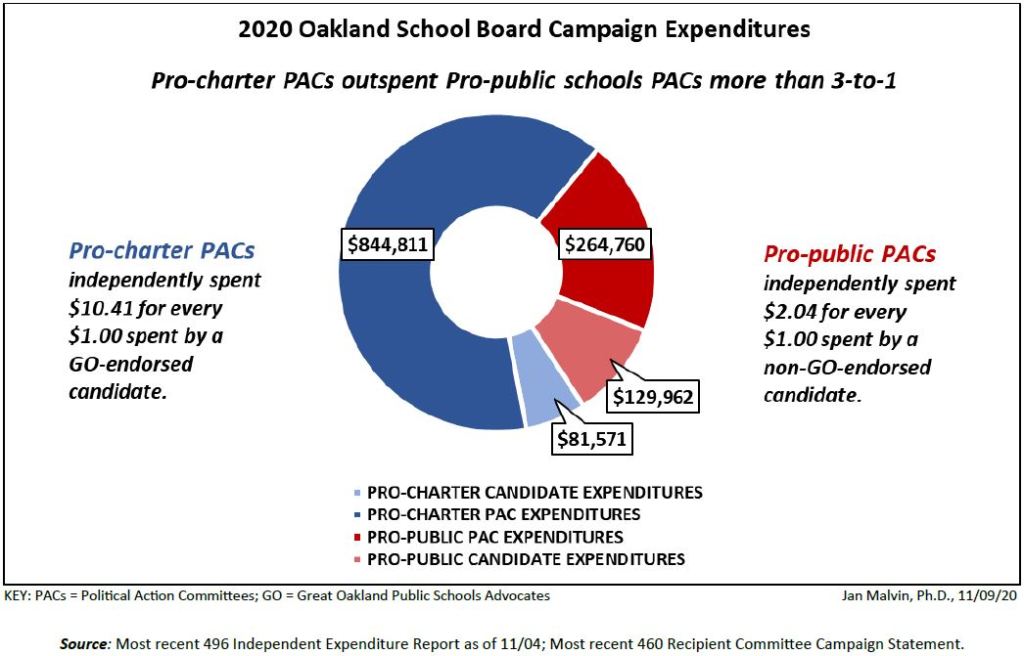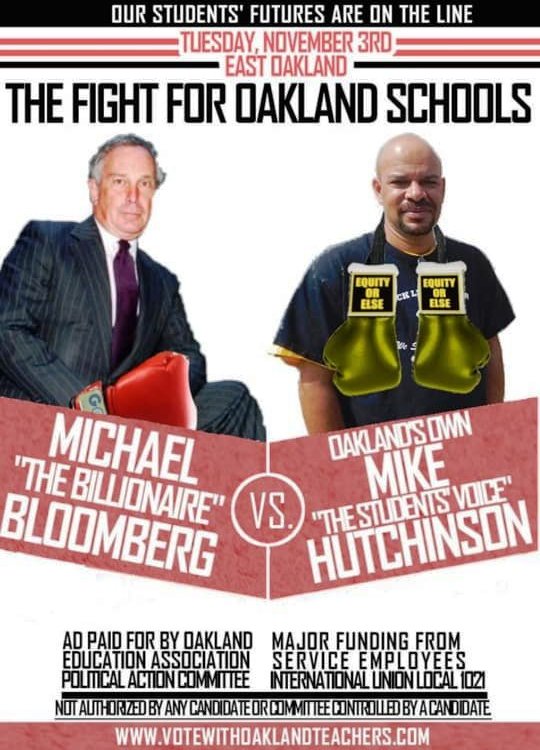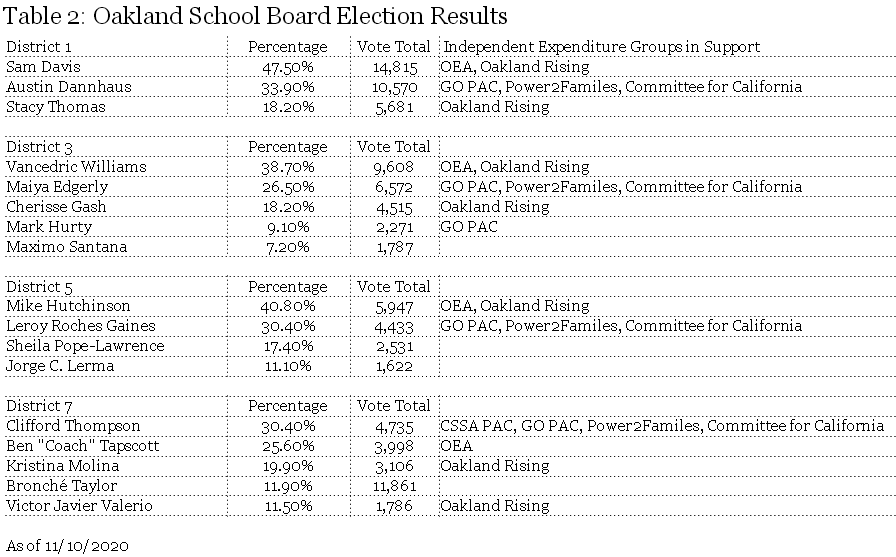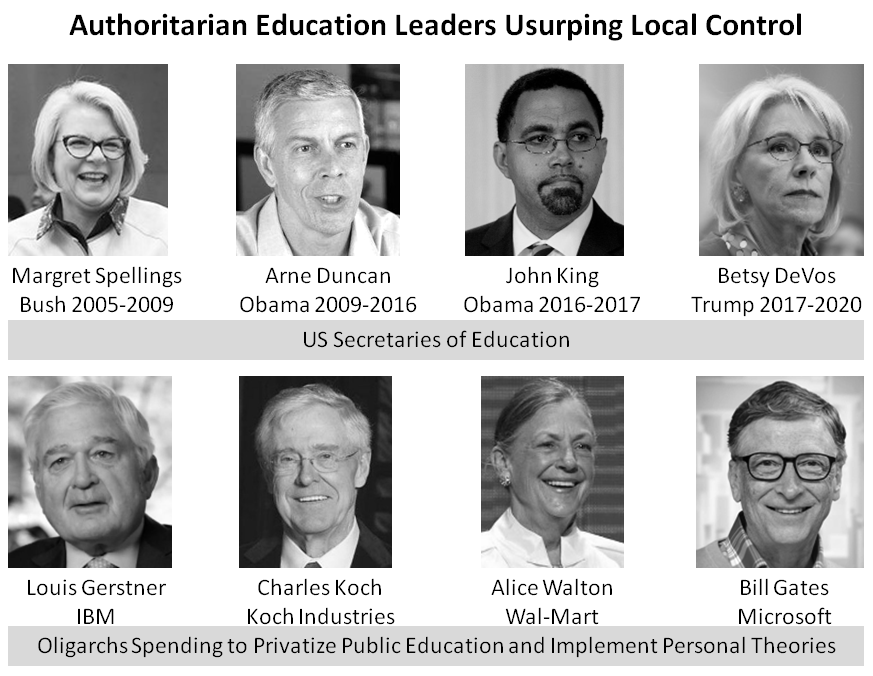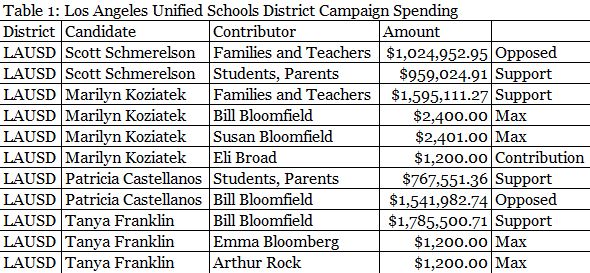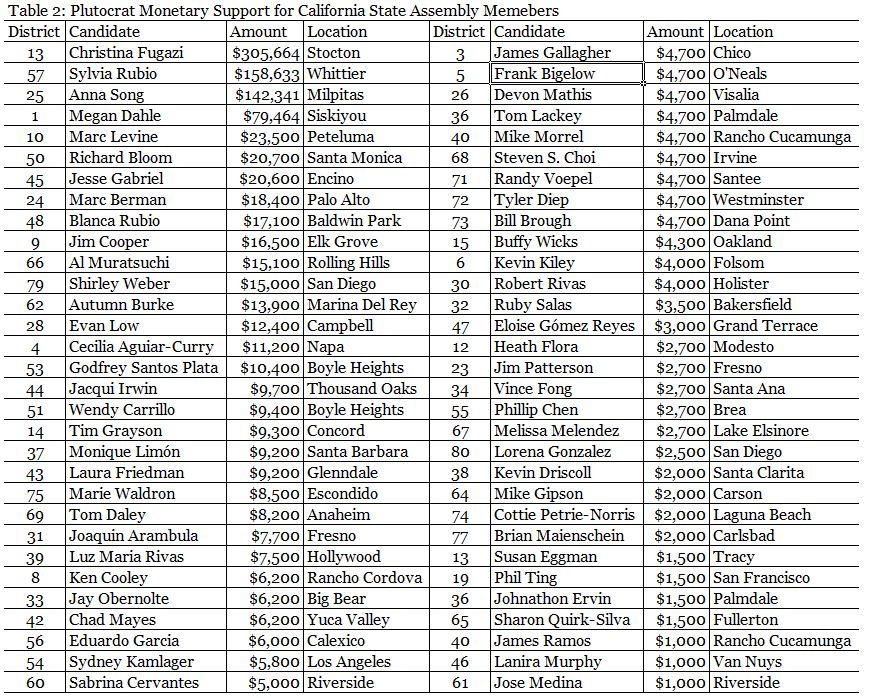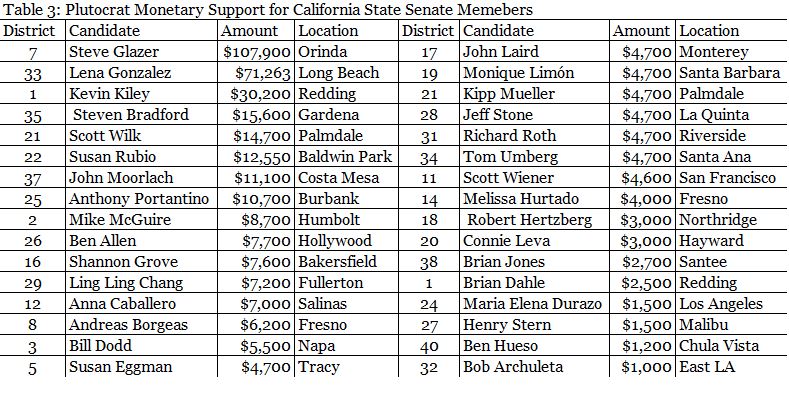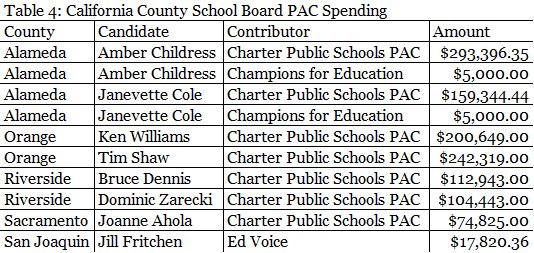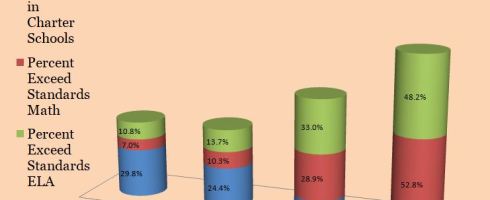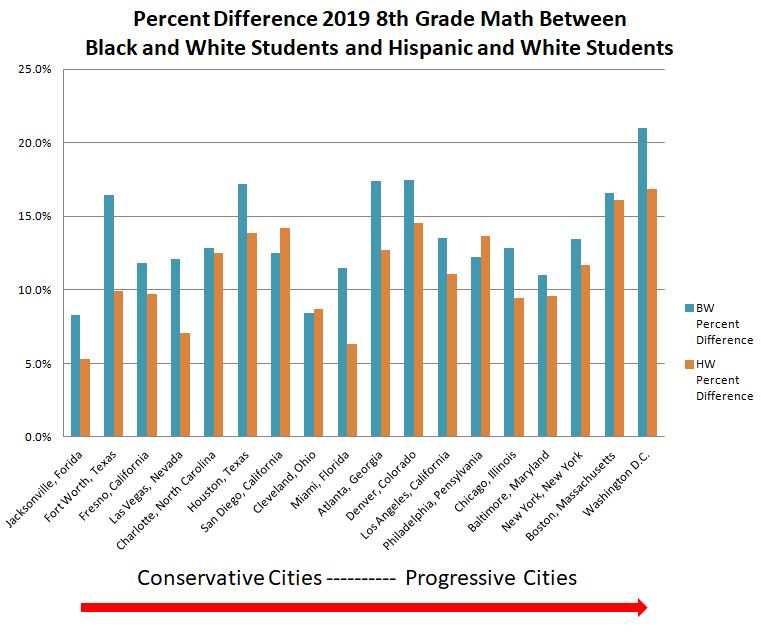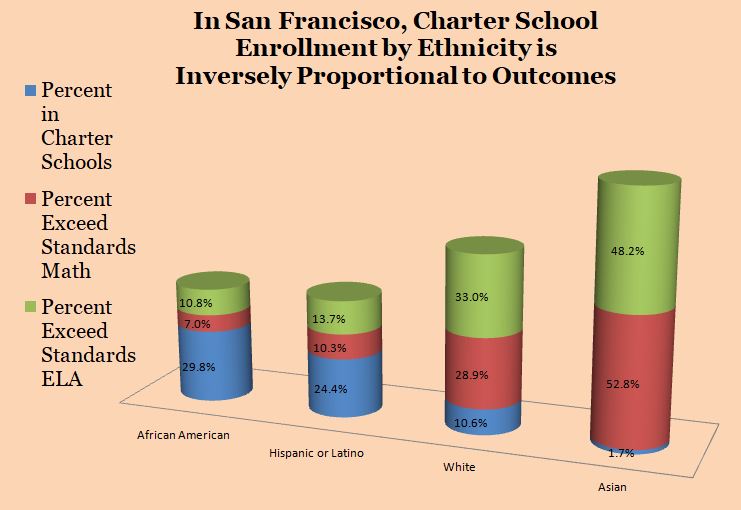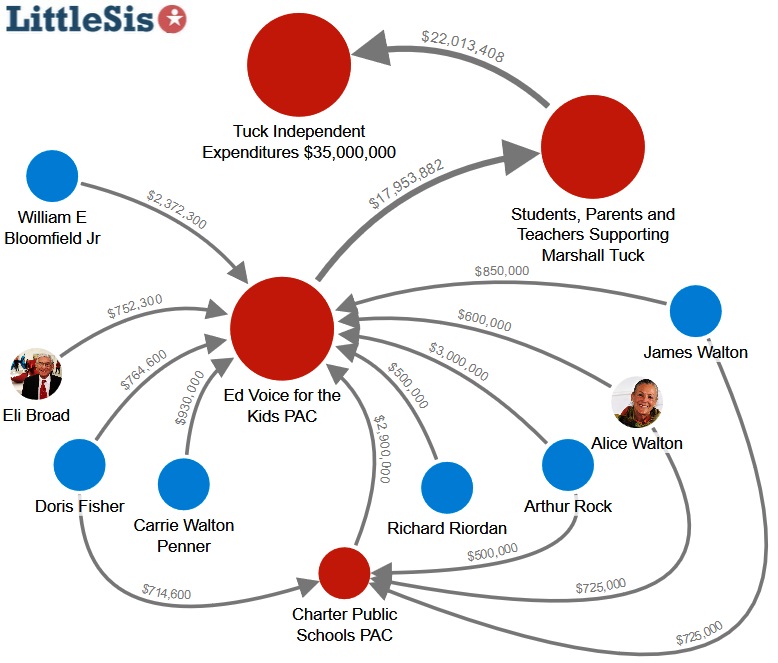By Thomas Ultican 5/5/2023
The 74 published an article about a University of Colorado Denver study that shows what a great success school reform has been in Denver. The research paper attributes that triumph to the portfolio school management model introduced by now Senator Michael Bennett during the 2007/8 school year. While testing results have significantly improved in Denver’s K-12 schools, the paper’s claims confuse correlation with causation.
As is often the case with articles in The 74, there is a bias toward the billionaire favored education policies. The 74 correspondent states, “The results offer powerful evidence in favor of the so-called ‘portfolio management model,’ an educational strategy that began to take hold in major urban school systems in the mid-2000s.” And also reports the claim that the reforms “led to some of the most significant learning gains ever measured.”
To further establish how important and meaningful results in the new study are, The 74 turned to economist Douglas Harris from Tulane University. He has prospered producing studies touting New Orleans’s privatized school system. It is worth noting that the all charter school system in New Orleans is an inefficient disaster which still scores at the bottom in state standardized testing. Concerning the Denver study, Harris is quoted as saying,
“The effects are clearly large. Just as a loose approximation, if you leapfrog that many districts, clearly you’ve seen a lot of improvement.”
The data shows that Denver did make real progress based on testing data. The leapfrog that Harris mentions is that Denver went from near the bottom of the state’s districts on standardized testing to about the middle.
The 74 staff writer who produced the article is Kevin Mahnken. He makes a living writing articles that accentuate the message his billionaire paymasters want. His reports may not be exactly lies but are at the very least highly biased.
The 74 was founded in 2015 and originally funded by billionaires Dick and Betsy DeVos Family Foundation, the Walton Family Foundation, the Doris and Donald Fisher Fund, and Bloomberg Philanthropies. Since then, it has been the vehicle for spreading the billionaire message aimed at undermining public schools.
There are basically two groups of billionaires trying to privatize public education; libertarians and neoliberals. Both groups believe in markets and do not support democratic means. Libertarians like the Walton family and Charles Koch prefer vouchers. They think public programs like social security and public education are basically robbery and must be ended. Neoliberals like Bloomberg and Gates prefer charter schools. They feel that public programs should continue but are better run by private businesses. The 74 is their common vehicle for promoting their education perspectives.

The Portfolio Model
In 2009, the Center for Reinventing Public Education (CRPE) published “Portfolio School Districts for Big Cities: An Interim Report.” Lead author Paul Hill and his associates stated,
“The report introduces the idea of a ‘portfolio school district,’ and shows how some leading school districts have put the idea into practice. A portfolio district is built for continuous improvement through expansion and imitation of the highest-performing schools, closure and replacement of the lowest-performing, and constant search for new ideas.”
Bill Gates, John Arnold, Michael Dell, the Walton Family and other billionaires fund CRPE which is headquartered on the campus at the University of Washington.
Portfolio School Districts is an organized idea for managing charter schools, innovation schools, public schools and voucher schools that make up the mix of schools in a district. Using standardized testing as a proxy for measuring quality, some percentage (5%) of the lowest performing schools will be closed every year. Invariably, the closed school will be replaced by a privatized structure outside of the purview of an elected school board. Also, because standardized testing only correlates with family wealth, the schools in the poorest communities will be privatized and subject to constant churn.
In 2018, John Arnold and Reed Hastings established the City Fund which has spent heavily to develop local organizations that promote the implementation of the portfolio model of public education management. Soon after the City Fund founding, Bill Gates, Steve Ballmer and Alice Walton also started funding the organization.
The leader of the Denver research project was Parker Baxter. In 2012, CRPE listed him as a “Senior Research Affiliate and distinguished expert in the field of education policy.” On that same page CRPE also declared, “CRPE is one of five national education policy organizations that co-founded the Policy Innovators in Education (PIE) Network, whose mission is to build, support, and promote a network of education advocacy organizations working to improve K-12 education in their states so that every student graduates world-ready.” One of the main points they advocate for is the portfolio model.
The System Level Effects of Denver’s Portfolio District Strategy
This study of school reform in Denver was conducted by the Center for Education Policy Analysis (CEPA). They state, “For the past three years CEPA has partnered with the Center on Reinventing Public Education to consider a paradigm-shifting approach to family and community engagement efforts in school districts.” CEPA director Parker Baxter led the study. The relationship with CRPE makes one wonder about bias in this study and Parker Baxter’s biography heightens that concern.
On his LinkedIn page Baxter shares that he was Director of Knowledge at the National Association of Charter School Authorizers (NACSA). He mentions being a Senior Research Affiliate at CRPE. Baxter asserts he was a Senior Legal Analyst working on the District-Charter Collaboration Compact Project and the Portfolio District Project. Says he served as Assistant Superintendent and the Executive Director of the Office of Parental Options at the Louisiana Department of Education and as Director of Charter Schools for Denver Public Schools (DPS). Parker claims being an aide to Senator Edward M. Kennedy where he worked on issues related to the No Child Left Behind Act. He is also a former special education teacher and an alumnus of Teach for America.
On page one of the report, it says, “This research is made possible by a multiyear grant from Arnold Ventures.” Just to be clear that is billionaire John Arnold the former Enron trader, co-founder of The City Fund and big spending advocate of the portfolio model of school district management.
The study did a lot of fancy arithmetic on state testing data and summarized their findings:
“Prior to the start of DPS reform efforts in 2008-09, DPS was among the bottom 10 districts in the state in ELA and math performance on state standardized assessments, ranking below the 5th percentile of districts. By 2018-19, DPS had risen to the 60th percentile of districts in ELA and the 63rd percentile of districts in math, outperforming more than 100 out of roughly 180 districts in the state. The 4-year high school graduation rate increased dramatically during the reform period as well, climbing from 43% in 2008 to 71% in 2019. Our results indicate that the reforms drove these improvements in student academic and graduation outcomes.” (Page 3)
The Denver study used school years 2004/5 through 2018/19 state testing data. The first 4-years of the research employed pre-reform data and the final 10-years were from the portfolio model reform period. The authors reported, “During the study period, the district opened 65 new schools, and closed, replaced, and restarted over 35 others.” (Page 7)
A Professional Review
Boulder, Colorado which is 30-miles up highway-36 from Denver is home to the University of Colorado Boulder which hosts the National Education Policy Center (NEPC). Early in the 21st century purported research papers started being published that were never subjected to peer review. NEPC tried to address this problem by assigning independent education professionals to review these studies. They contracted with Robert Shand to review the Denver study. He is an Assistant Professor of Education Policy and Leadership at American University and an affiliated researcher with the Center for Benefit-Cost Studies of Education at Teachers College, Columbia University.
Professor Shand’s conclusion states:
“The recent study finds substantial system-level gains in math and ELA scores as well as graduation rates. These reported gains are indeed dramatic, but they were not experienced equally and may have widened achievement gaps. Further, attributing them specifically to the portfolio reforms seems premature for at least three reasons. First, many other changes, beyond the portfolio reforms, were occurring in the district at the same time. These included changes to funding, curriculum, leadership, teacher policies, and student demographics. Second, some gains, particularly among marginalized groups of students, predated the reforms. Third, the “portfolio” reforms themselves are diffuse and difficult to parse. For these reasons, the recent report succeeds in drawing attention to real academic gains in Denver over the past decade, but is less useful as a guide to how other districts could replicate that success.” (Page 3)
To substantiate these claims Shand shared the following points:
- Demographics shifting to a larger percentage of white students in Denver coincided with the reforms.
- Per-student revenues increased in Denver by 22% but only 13% across Colorado.
- Student-to-teacher ratio in Denver dropped from 17.9 to 14.9.
- DPS was already showing academic improvement before implementation of the portfolio reforms.
- Black and Hispanic/Latinx students were growing at approximately 0.06 standard deviations per year pre-reform and 0.03-0.04 standard deviations per year post-reform.
Professor Shand succinctly determined, “Given the host of changes in the city and the district over the same time period as the portfolio reforms, attributing the gains to the portfolio reforms specifically is unwarranted by the evidence.” (Emphasis added)
Baxter and his team at CEPA surely are aware of the difference between correlation and causation as is the education reporter from The 74, Kevin Mahnken. This indicates strongly that they were being purposefully deceitful or more straightforwardly THEY WERE LYING.


